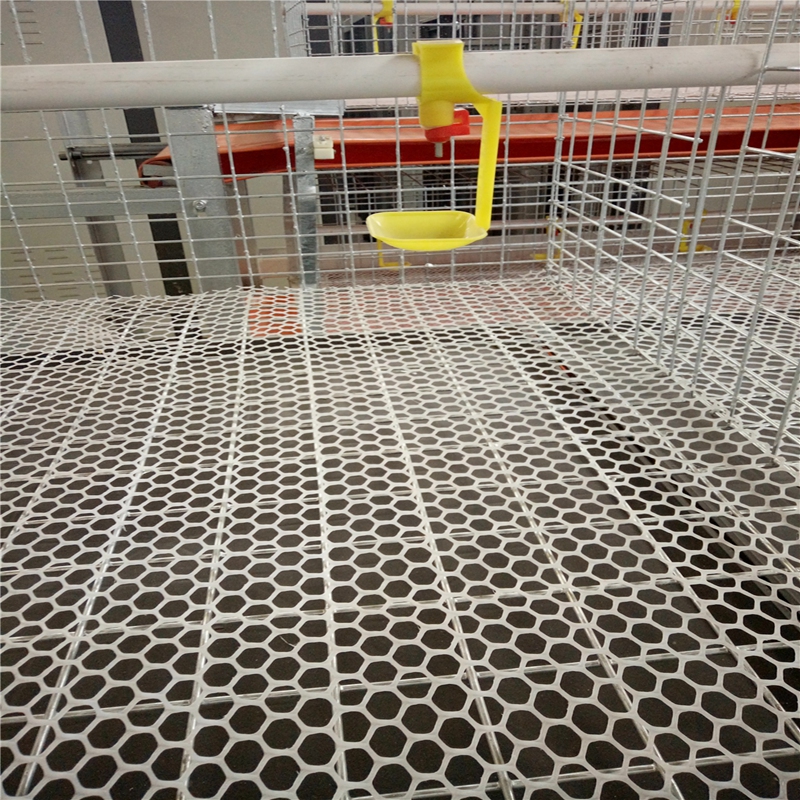Machine for Producing Pellets of Floating Fish Feed Efficiently and Effectively
Jan . 01, 2025 09:45 Back to list
Machine for Producing Pellets of Floating Fish Feed Efficiently and Effectively
The Importance of Floating Fish Feed Pellet Machines
In the aquaculture industry, the demand for high-quality fish feed is paramount. Floating fish feed pellet machines have emerged as a critical tool for fish farmers, enabling them to produce nutritious and balanced feed that promotes healthy fish growth. This article will explore the significance, functioning, and benefits of these innovative machines in fish farming.
Understanding Floating Fish Feed
Floating fish feed is specially formulated to meet the dietary needs of various fish species. It is designed to float on the water's surface, allowing fish to feed naturally. This not only prevents waste but also ensures that fish have ready access to nutrition. Floating feed is particularly beneficial for species that are surface feeders, such as tilapia and catfish.
The Role of Floating Fish Feed Pellet Machines
Floating fish feed pellet machines play a crucial role in the production of this specialized feed. These machines are designed to process raw materials — such as fish meal, soybean meal, corn, wheat, and various vitamins and minerals — into pellets of uniform size. The process typically involves grinding, mixing, and conditioning the ingredients before they are extruded into pellets.
One of the standout features of floating fish feed pellet machines is their ability to control the buoyancy of the pellets. This is achieved by adjusting the moisture content and the cooking process during extrusion. As a result, the feed can remain on the water's surface for extended periods, enabling fish to consume it at their leisure.
Benefits of Using Floating Fish Feed Pellet Machines
floating fish feed pellet machine

1. Customized Feed Production Farmers can customize the feed according to the specific nutritional requirements of their fish species. This flexibility ensures that fish receive a balanced diet, which is essential for growth and health.
2. Reduced Feed Wastage Traditional feeding methods often result in significant feed loss due to sinking and decomposing on the bottom of the water body. Floating feed reduces wastage as fish can readily access and consume the pellets from the surface.
3. Improved Fish Health With the ability to produce high-quality, nutritious feed, fish farmers can enhance the overall health and growth rates of their stock. Healthy fish are more resilient to diseases and can achieve marketable sizes more quickly.
4. Economic Efficiency Floating fish feed pellet machines can help farmers save on feed costs in the long run. By producing their own feed, they can lower expenses associated with purchasing commercial feed and ensure a consistent quality of nutrition.
5. Sustainable Practices The use of these machines can contribute to more sustainable aquaculture practices. Farmers can utilize locally sourced ingredients and create feed that is tailored to their specific environmental conditions and fish species.
Conclusion
The advancement of floating fish feed pellet machines has transformed the aquaculture industry. By enabling farmers to produce high-quality, nutrient-rich feed that floats on the water's surface, these machines have improved feeding efficiency, reduced wastage, and enhanced fish health. As the demand for sustainable and efficient fish farming continues to grow, floating fish feed pellet machines will undoubtedly play an integral role in meeting these challenges. Investing in such technology not only empowers fish farmers to optimize their operations but also contributes to the broader goals of sustainable aquaculture and food security. As we move forward, the significance of these machines in ensuring healthy fish stocks and environmentally responsible practices cannot be overstated.
-
Automatic Feeding Line System-Pan Feeder Nipple Drinker|Anping County Yize Metal Products Co., Ltd.
NewsJul.29,2025
-
Hot Sale 24 & 18 Door Rabbit Cages - Premium Breeding Solutions
NewsJul.25,2025
-
Automatic Feeding Line System Pan Feeder Nipple Drinker - Anping County Yize Metal Products Co., Ltd.
NewsJul.21,2025
-
Automatic Feeding Line System Pan Feeder Nipple Drinker - Anping County Yize Metal Products Co., Ltd.
NewsJul.21,2025
-
Automatic Feeding Line System - Anping Yize | Precision & Nipple
NewsJul.21,2025
-
Automatic Feeding Line System - Anping Yize | Precision & Nipple
NewsJul.21,2025






